Various types of plumbing pipes are used in building construction works for various purposes like water distribution, drainage, waste disposal made from different materials.
In every construction, a sufficient quantity of water ought to be available in the required locations to meet the various needs of occupants. Thus, water needs have to be properly computed before the construction of the structure.
The transmission water is carried through pipes with in the structure above or below the ground. At the same, we have to compute the proper drainage facilities to drain the wastewater through pipes.
Types of Water Supply Pipes
Important Point
| Sr.No. | Types of Water Supply Pipes |
| 1 | Chlorinated Poly Vinyl Chloride Pipes (CPVC) |
| 2 | Unplasticized polyvinyl chloride Pipes (uPVC) |
| 3 | PVC Pipes |
| 4 | Galvanized Iron Pipes |
| 5 | Polypropylene Pipes |
| 6 | Cast Iron Pipe |
Different Types of Pipes Used in Engineering
| Sr.No. | Types of Pipes Used in Engineering |
| 1 | Brass Pipes |
| 2 | Cross-Linked Polyethylene Pipes (PEX) |
| 3 | Steel Pipes |
| 4 | Vinyl Pipes |
| 5 | Lead Pipes |
Different Types of Pipes Used in Plumbing
| Sr.No. | Different Types of Pipes |
| 1 | Acrylonitrile Butadiene Styrene Pipes (ABS) |
| 2 | Cast Iron Pipe |
| 3 | Chlorinated Poly Vinyl Chloride Pipes (CPVC) |
| 4 | Unplasticized polyvinyl chloride Pipes (uPVC) |
| 5 | PVC Pipes |
| 6 | Galvanized Steel Pipes |
| 7 | Galvanized Iron Pipes |
| 8 | High-Density Polyethylene (HDPE) Pipes |
| 9 | Low-Density Polyethylene (LDPE) Pipes |
| 10 | Polypropylene Pipes |
| 11 | Polythene Pipes |
| 12 | Lead Pipes |
| 13 | Asbestos Cement Pipes |
| 14 | Stoneware Pipes |
| 15 | Concrete Pipes |
Different Types of Pipes
| Sr.No. | List of Pipe |
| 1 | Acrylonitrile Butadiene Styrene Pipes (ABS) |
| 2 | Brass Pipes |
| 3 | Cast Iron Pipe |
| 4 | Chlorinated Poly Vinyl Chloride Pipes (CPVC) |
| 5 | Unplasticized polyvinyl chloride Pipes (uPVC) |
| 6 | PVC Pipes |
| 7 | Copper Pipes |
| 8 | Cross-Linked Polyethylene Pipes (PEX) |
| 9 | Galvanized Steel Pipes |
| 10 | Galvanized Iron Pipes |
| 11 | Steel Pipes |
| 12 | High-Density Polyethylene (HDPE) Pipes |
| 13 | Low-Density Polyethylene (LDPE) Pipes |
| 14 | Polypropylene Pipes |
| 15 | Polythene Pipes |
| 16 | Vinyl Pipes |
| 17 | Lead Pipes |
| 18 | Asbestos Cement Pipes |
| 19 | Stoneware Pipes |
| 20 | Concrete Pipes |
In this article, we will cover all of the above piping types in detail.
Also, read: What Is Measurement Book | How to Write Measurement Book | Recording Measurement Book
#1. Acrylonitrile Butadiene Styrene Pipes (ABS)
ABS Pipes is resistant to corrosive chemicals and has a low melting temperature. While used for pipes, it is well-known for Lego toys, computer keyboards, and wall socket faceguards.
This type of pipe can be used for draining sewage and wastewater from households. It is good for DWV (drain waste vent) systems.
It is not flexible. In other words, it is solid.
#2. Brass Pipes
Brass pipe is an alloy of copper and zinc. It is widely utilized in and for many household items like locks, bearings, doorknobs and plumbing applications such as tubes such as the one shown below.
While brass may be used for plumbing pipes, it rarely is because of it being very expensive. Brass fittings are more common.
Also, read: What Is Inverted Beam | Advantages of Inverted Beam | Purpose of Inverted Beam
#3. Cast Iron Pipe
Cast Iron pipe is popular for city water-distribution systems due to its high resistance to corrosion and consequent long life.
Cast iron pipe is made of pig iron. Such pipes are generally made from 5 cm to 120 cm in diameter. Under normal conditions, a cast-iron pipe could be expected to last 100 years.
The usual length of a pipe section is 12 feet, but lengths up to 20 feet may be obtained. Cast iron pipe is made in several wall thickness classes for various pressures up to a maximum of 350 psi.
The flanged pipe can be used for pumping stations, filter plants, and other locations where it could be necessary to disjoint the pipe.
Flanged couplings have to be fitted perfectly and provided with a gasket when they should be watertight. Cast iron pipes will also be cheap and economical. These pipes can be joined easily and may be cut and bored easily too.
#4. Chlorinated Poly Vinyl Chloride Pipes (CPVC)
This type of non-corrosive pipe can be used for cold and hot (around 180°F). It is durable and easy to use.
CPVC is different than PVC because it is altered with a free radical chlorination reaction that effectively increases the chlorine content of the material.
CPVC can also be a thermoplastic that is molded into many of the same products as PVC. This process makes it possible to with-stand a greater range of temperatures.
Because CPVC has more applications than PVC, it is more expensive.
Also, read: How to Building Construction Process Step by Step
#5. Unplasticized polyvinyl chloride Pipes (uPVC)
uPVC (Unplasticized polyvinyl chloride) Pipes, also known as rigid PVC, Pipes & Fittings are used for all plumbing purposes in residential & commercial buildings.
Ideally suited for looping at each floor level, outdoor installations & concealed pipelines for cold water distribution.
UPVC is called having strong resistance against chemicals, sunlight & oxidation from water. UPVC is widely used in construction because it is durable, cheap, and easily worked.
#6. PVC Pipes
When we moved into our current home, I went out and bought a bunch of long PVC pipes and fittings for my kids to play within the backyard.
While it seemed expensive for a toy at the time, I have to say it was a great purchase. My kids have spent endless hours creating easy pipe systems and running water through them with the hose.
It is a pile of fun and great backyard toy. Now back to actual plumbing applications for PVC. PVC stands for polyvinyl chloride. Also, it has become a common replacement for metal piping.
PVC (Polyvinyl Chloride) is one of the best-known pipe options. PVC is synonymous with “pipe”. It is widely utilized in residential plumbing for waste drainage and vent applications.
Also, read: Building Estimation Step by Step In Excel Sheet
#7. Copper Pipes
Copper pipes are made of small diameter. Since copper doesn’t admit rust, therefore these pipes are durable.
However, as copper is costly; therefore, they’re used in limited places. These kinds of pipes are usually used to carry hot water or steam.
They don’t bend or sag even in high temperatures. Copper is a mild metal. Therefore, copper pipes may be bent easily. They are joined by Union Joints and Flanged Joints and.
#8. Cross-Linked Polyethylene Pipes (PEX)
This tubing can be used for residential radiant heating applications. It retains oxygen and other elements from infiltrating and corrupting the key mechanical components from heating systems.
It may also be used to transport potable water. As you can see in the image below, it bends and is lightweight, making it an easy plumbing material to use.
Also, read: How to Find House Construction Cost
#9. Galvanized Steel Pipes
Galvanized steel is coated with zinc to prevent rust. This type of pipe has been popular in houses built before 1960 – replaced lead pipes for water lines.
The problem with galvanized steel pipes would be eventually the zinc coating erodes which then results in rust
#10. Galvanized Iron Pipes
G.I pipes are made of mild steel sheet. Its length-wise joint is Welded Seam Type. G.I pipe is used to supply gas, water, or any other liquid within the building.
These types of pipes are prepared from 12 mm to 150 mm in diameter. They can be found in 6 meters length.
The thickness of the wall of its sheet is different based on their diameters. After preparing this pipe, it’s dipped in a zinc solution.
This action is called Galvanizing. In this way, the pipe is saved from rusting. The average age of this pipe is ten years.
They may be joined easily, threading, cutting, and bending them is also an easy task. They are joined with the help of a socket. These pipes are light-weighted and cheap. Acidic and alkaline waters affect these pipes badly.
Also, read: What Is Development length | What Is Development Length of Bars
#11. Steel Pipes
Steel pipes are used to carry gas, water, or certain other liquid from one place to another under pressure. These pipes are made from steel sheets. Small pipes have welded joints along the length, which is not visible.
Large pipes have a riveted joint or welded joint. These pipes are light in weight. They can be joined by a welded joint. They’re placed on Open Supports.
Such pipes could be bent easily. Acidic water and alkaline water may rust these pipes. The repair of this kind of pipe is difficult. They may also be pressed by external pressure because of their less wall thickness.
#12. High-Density Polyethylene (HDPE) Pipes
High-density polyethylene pipes are probably the most effective pipes on the market. They come in various thicknesses and may be used in demanding pressure environments.
This type of pipe may bend into a 90-degree angle, and a few have 50 years warranty on account of their high quality.
Roots may never grow into this type of pipe, and that is why they are best recommended for water lines and sewer lines in different applications.
Also, read: Why Hairline Cracks in Concrete | Type of Cracks in Concrete
#13. Low-Density Polyethylene (LDPE) Pipes
For plumbing purposes, this tubing can be used for water softening lines. It is resistant to many solvents, acids, alkalis, and gases. It is very stress crack resistant, flexible, and durable.
#14. Polypropylene Pipes
As you may see in the photo example below, this type of pipe is flexible, which may be bent and run around different objects.
It is ideal for transferring hot liquids and gases in beverage and food handling applications. It may be used for small fluid system support structures, or as a liner in metal piping systems.
Use in manufacturing operations where extreme resistance to acids and alkalis is required
Also, read: What Is Slab Beam / Hidden Beam / Concealed Beam | Advantage and Disadvantage
#15. Polythene Pipes
Polythene pipes are used for cold water services. These Days, plastic pipes dominate the others by some advantages as follow
- Ease of installation.
- Do not require threading.
- Resistant to bacterial scale.
- Do not corrode.
- Cheap in cost.
- Less weight.
So, these are mostly used in the world, but they’re limited to cold water supplies. They don’t sustain high temperatures.
#16. Vinyl Pipes
This type of tubing is widely used in laboratory settings and in-home for applications such as home brewing.
It is not widely used for plumbing applications, but we included it because it is sometimes a useful tubing option to run liquids through.
Also, read: 23 Different Types Cements Available in India and As Per IS Standards
#17. Lead Pipes
A lead pipe has high corrosion resistance, flexibility, and hydraulic coefficient of flow. But lead content in water can lead to poisoning effects that are harmful to people. Thus, it is not preferred.
#18. Asbestos Cement Pipes
The asbestos pipe is made from silica, asbestos, and cement converted under pressure into a dense, homogeneous material possessing considerable strength.
This type of pipe is available in dia of 4 to 36 inches in 13 feet lengths. The pipe is made in various grades, the strongest being intended for internal pressures up to 200 psi.
The joint is as resistant to corrosion as the pipe itself and is flexible enough to permit up to 12° deflection in laying pipe around curves.
Also, read: IS 516:1959 Most Important Point (Method of Tests For Strength of Concrete)
#19. Stoneware Pipes
These are manufactured in ceramic industries by burning soft soil at high temperatures. These are used for carrying drainage in the underground.
For the installation of a stoneware pipe, skilled workers are required.
#20. Concrete Pipes
These pipes use For heavy drainage water disposal, concrete pipes of large diameters are used. Smaller diameter pipes are used for small flows. These are made from concrete only; no reinforcement is provided. These are pre-casted pipes.
Also, read: What Is Rolling Margin | The Procedure of Rolling Margin
N0te:
- GI Pipe Full Form = Galvanized Iron Pipes
- CI Pipe Full From = Cast Iron pipe
- ABS Pipe Full From = Acrylonitrile Butadiene Styrene Pipes
- CPVC Pipe Full From = Chlorinated Poly-Vinyl Chloride Pipes
- UPVC Pipe Full From = Unplasticized Poly-Vinyl chloride Pipes
- PVC Pipe Full From = Poly-Vinyl chloride Pipes
- HDPE Pipe Full From = High-Density Polyethylene Pipes
- LDPE Pipe Full From = Low-Density Polyethylene Pipes
Types of Pipes
Main Plumbing Pipes. There are five plumbing pipe materials that are — or were in the case of galvanized steel — most common: copper, galvanized steel, polyvinyl chloride (PVC), chlorinated polyvinyl chloride (CPVC) and cross-linked polyethylene (PEX).
Piping Type
- Copper Pipes.
- Galvanized Steel Pipes.
- Polyvinyl Chloride Pipes.
- Chlorinated Polyvinyl Chloride.
- Cross-Linked Polyethylene Pipes.
Drainage Pipes Types
- Cast iron.
- Galvanized steel.
- ABS.
- PVC.
- Galvanized steel.
- Cast iron.
- PVC.
Pvc Pipes Types
- Unplasticized PVC (PVC-U)
- Chlorinated PVC (C-PVC)
- Molecular oriented PVC (PVC-O)
- High Impact PVC (PVC-Hi)
Different Kinds of Pipes
- Cast Iron Pipe:
- Galvanized Iron Pipe (G.I).
- Wrought Iron Pipe.
- Steel Pipe.
- Copper Pipe.
- Plastic Pipe.
- Asbestos Cement Pipe.
- Concrete Pipe.
Type of Steel Pipes
There are three types of pipes are as follows.
- Carbon Steel Pipe Seamless.
- Carbon Steel Pipe Welded.
- Stainless Steel Pipe.
Different Types of Plumbing Pipes Used in Building Construction
- Soil Pipe.
- Wastewater Pipe.
- Rainwater Pipe.
- Vent Pipe.
- Anti-Siphonage Pipe.
Like this post? Share it with your friends!
Suggested Read –
- Black Water Grey Water
- Difference Between CPM and PERT | What Is CPM & PERT
- What Is Grouting | Type of Grouting | Advantage of Grouting
- What Is Workability of Concrete | Factors Affecting Workability | Test |Errors
- What Are Construction Contract | Types of Engineering Contracts | Percentage-Rate Contract
- What Is the Penetration Test | What Is the SPT Test | Procedure | Efficiency | Advantages and Disadvantages
- What Is Structural Settlement | Causes For Structural Settlement | What Is Soil Settlement & Foundation Structural Settlement
Originally posted 2023-09-20 00:15:04.
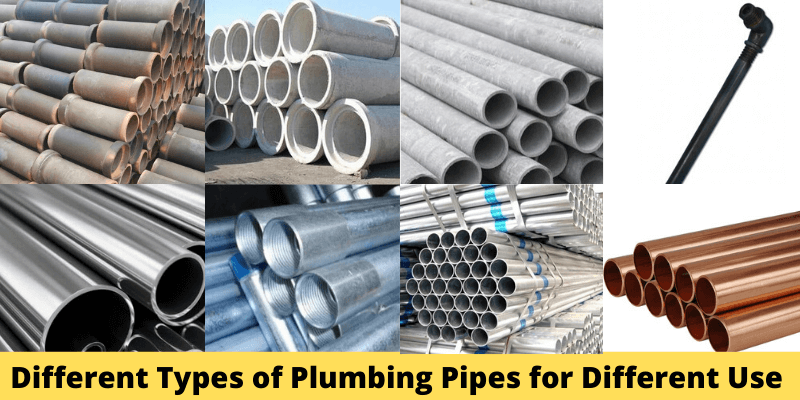
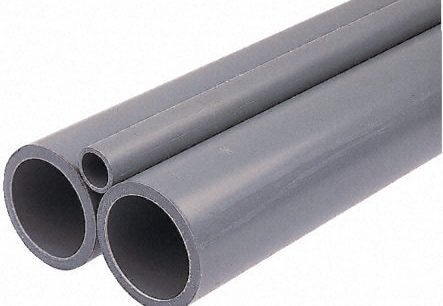
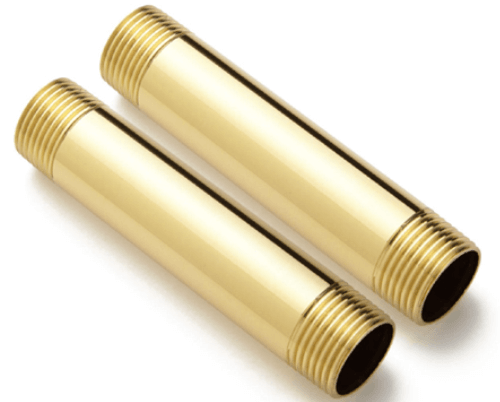
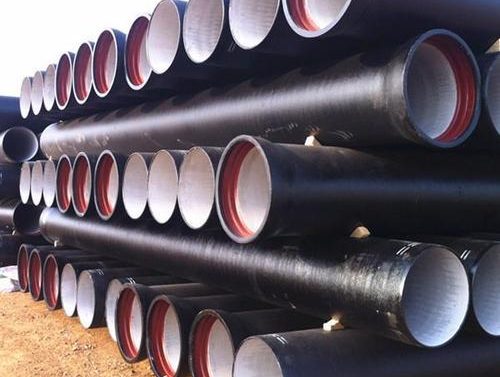
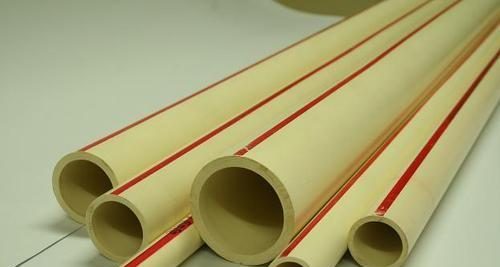
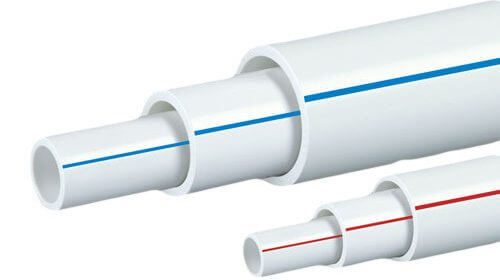
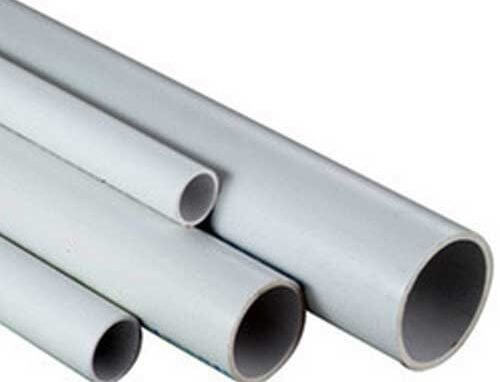
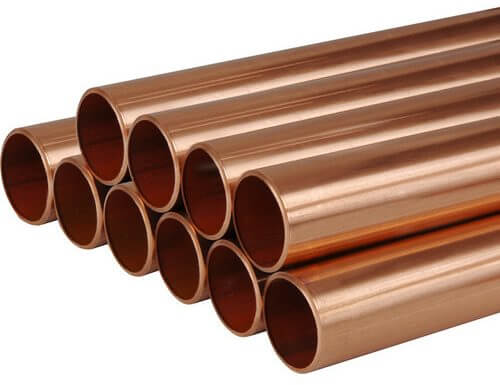
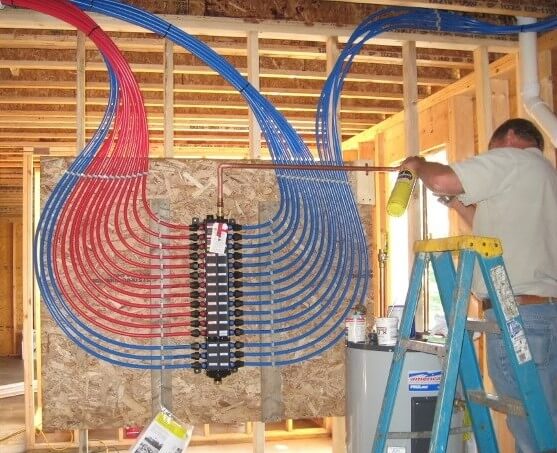
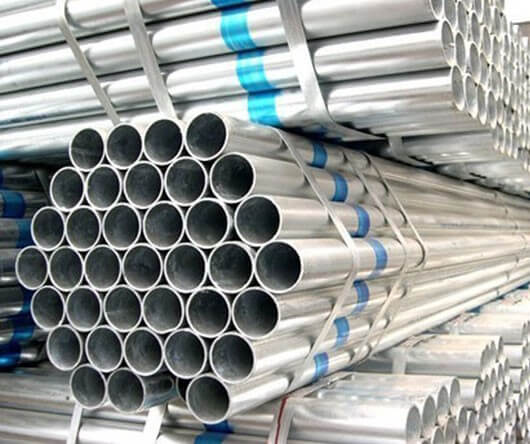
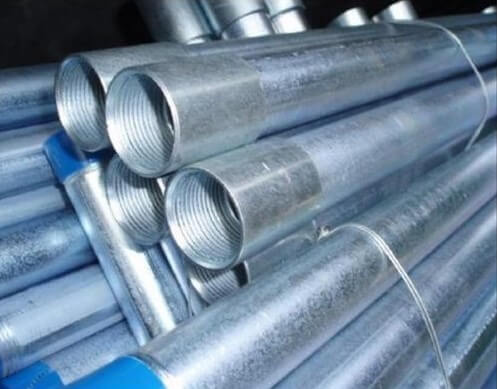

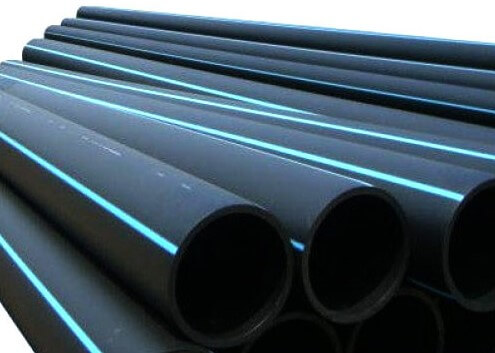


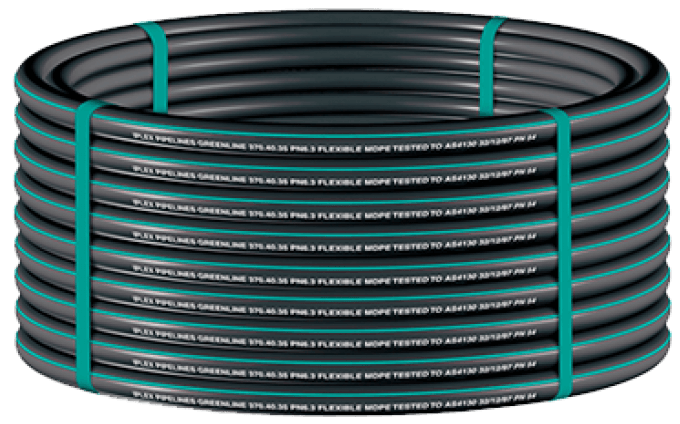
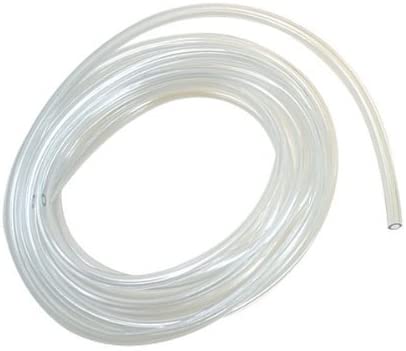
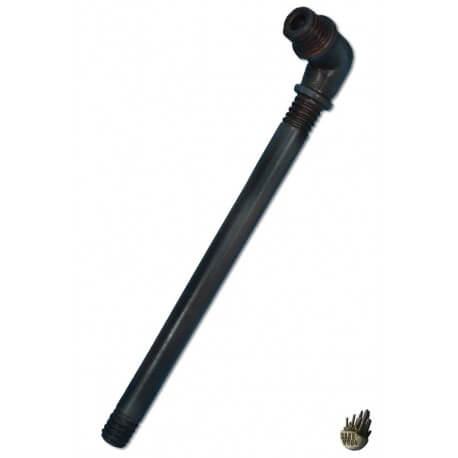

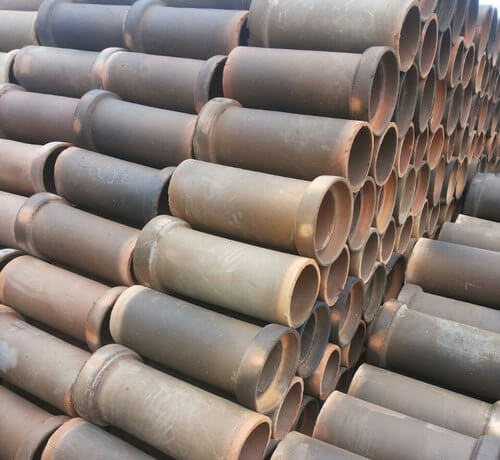
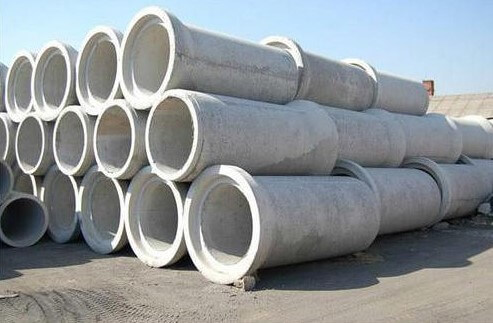

Leave a Reply